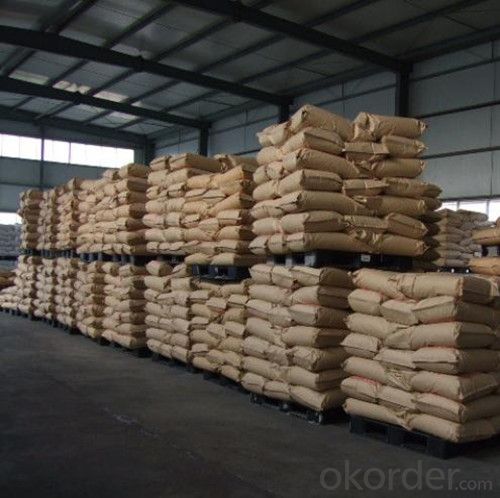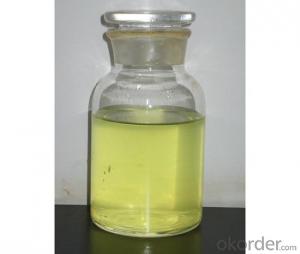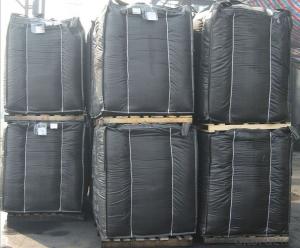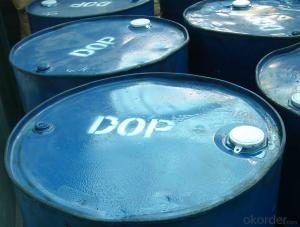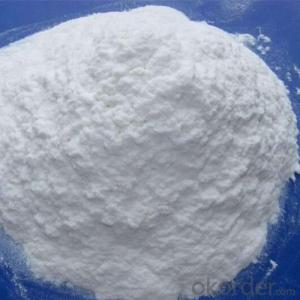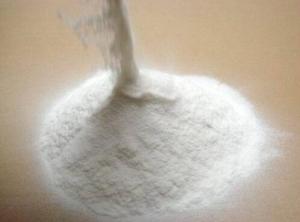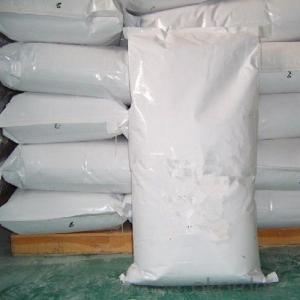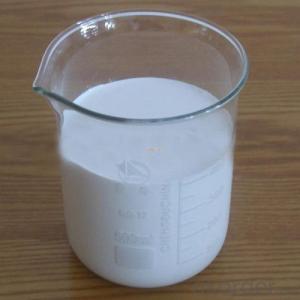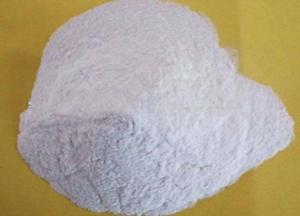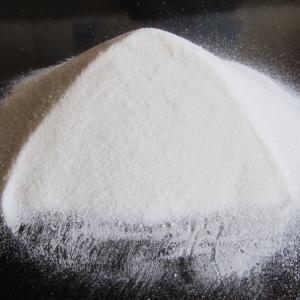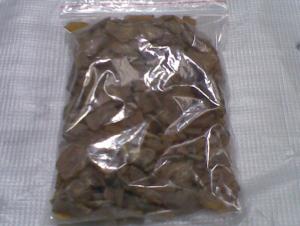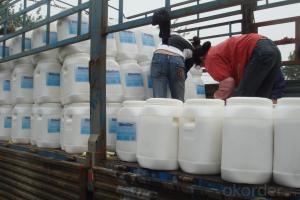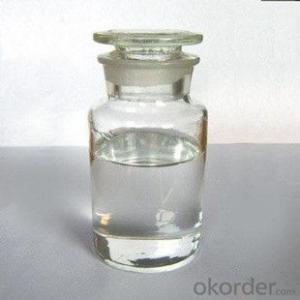Hydroxyethyl Cellulose (HEC) for Industrial Construction
- Loading Port:
- Tianjin
- Payment Terms:
- TT OR LC
- Min Order Qty:
- 5000 kg
- Supply Capability:
- 5000000 kg/month
OKorder Service Pledge
OKorder Financial Service
You Might Also Like
Building Construction Hydroxypropyl Methyl Cellulose (HPMC)
Brief introduction:
Hydroxypropyl Methyl Cellulose (HPMC) helps building materials apply more easily and perform better. They provide water retention and cohesiveness to mixtures. With special modification, it can be used to control thickening, water demand, workability, sag resistance, strength and other important properties of the final product.
It is widely used as thickener, adhesive, water preserving agent, film-foaming agent in building materials, industrial coatings, synthetic resin, ceramic industry, medicine, food, textile, agricultural, cosmetic and other industries.
Physical and chemical index:
Item | Specification |
CAS NO. | 9004-65-3 |
Appearance | white or light yellow powder |
Moisture Content | ≤5.0% |
PH | 4.0-8.0 |
Particle Size | min. 98% pass through 100 mesh |
Viscosity | 100cps-200000cps, 2% solution |
Application in Building:
External wall insulation system (EIFS)
>Bond strength: HPMC can provide the greatest degree of high adhesive bond strength of mortar.
>Performance: The mortar added HPMC has the right consistency, non-sagging. When using, the mortar is easy to work continuously, uninterrupted.
>Water retention: HPMC can wet the wall insulation easily, easy to paste, and also make other additional materials reach the best affects.
>Absorbent: HPMC can minimize the air-entraining volume, lower water absorption of mortar.
>Recommended brand: 75CMAX75000(S), 75CMAX100000(S), 75CMAX200000(S)
Interior and exterior wall interface agent
>Easy to mix, without of agglomeration: HPMC can significantly reduce the friction in the dry powder during the process of mixing with water, which makes it easy to mix and save the blending time.
>Water retention: HPMC can significantly reduce the moisture absorption by the wall. Good water retention can ensure the cement compound with a longer time, also can ensure that workers are able to carry out many times of scraping for the putty on the wall.
>Good working performance stability: even in high temperature environment, HPMC can still maintain good water retention. it is suitable for construction in the summer or hot areas.
>Increased water demand: HPMC can significantly improve the water demand of the putty materials. On the one hand, it improves the operational time after putty put on the wall, on the other hand, it can increase the coating are of the putty, which can make the formula more economical.
>Recommended brand: 75CMAX60000(S), 75CMAX75000(S)
Tile adhesive
>Water retention: HPMC can reduce the moisture absorbed by the substrate and the tile, retain the moisture in the adhesives as much as possible, making mortar still have adhesion after coating for a long time. Significantly extend open time and makes bigger coating area for the worker each time, and improve the efficiency.
>Improve bond strength, improve anti-slip performance: HPMC ensure non sagging of the tiles during working, especially for heavy tile, marble and other stone materials.
>Work performance: The lubricity of HPMC can increase the workability of the mortar significantly, which makes the mortar easy to coating and improve efficiency.
>Improve mortar wetting property: HPMC give mortar consistency, enhance the wetting ability of mortar and substrate, increase the binding strength of wet mortar, especially for the recipe with high water cement ration;
>Recommended brand: 75CMAX40000(S), 75CMAX75000(S), 75CMAX100000(S)
Crack Filler
>Workability: provide the right viscosity, plasticity, and easy to work;
>Water retention: can make the slurry fully hydrated, extending the working time and avoid cracking.
>Anti-hanging: HPMC can make a strong adhesion on the surface for the slurry and not sag;
>Recommended brand: 75CMAX40000(S), 75CMAX75000(S), 75CMAX100000(S)
Self-leveling mortar
>Prevent bleeding: HPMC can play a very good role to prevent the slurry sedimentation, bleeding.
>Maintain liquidity, and improve retention: low viscosity HPMC will not affect the slurry flow effect and easy to work. While possesses certain water retention, makes the good surface effect after self-levelling and avoid cracks.
>Recommended brand: 75CMAX400~600
Gypsum-based plaster
>Water retention: HPMC can retain moisture in the mortar, thus make gypsum completely solid. The higher the viscosity is, the stronger the water-retention capacity, vice versa..
>Sag resistance: allow the worker make the thick coating without causing ripple building.
>Mortar yield: For fixed weight of dry mortar, the exist of HPMC can provide more wet mortar.
>Recommended brand: 75CMAX75000(S), 75CMAX100000(S)


FAQ
Q1.Could we have the sample to test the quality?
Kindly send us your address, we are honored to offer you samples.
Q2. How does your company do regarding quality control?
CNBM a Chinese state-owned enterprise ranked 270th among the global fortune 500 in 2015,
have accreditation in line with standard:ISO 9001:2000,SGS,CIQ certificate.
Q3:What's your Delivery Time?
In generally, the delivery time is 25 days-30 days.We will make the delivery as soon as possible with the guaranted quality.
Q4:What is the convenient way to pay?
L/C , T/T ,Paypal, Western Union and Escrow are accepted,and if you have a better idea , please feel free to share with us .
Q5:Which mode of transport would be better?
In general,we advice to make delivery by sea which is cheap and safe.Also we respect your views of other transportation as well.
- Q: Chemistry GCSE what is a catalyst?
- If you just need the GCSE version (it gets far more complicated at A Level, you have to learn about activation energy and all this other crap) then it's just a substance that speeds up a reaction and allows it to happen quicker. but! The catalyst itself also remains unchanged at the end of the reaction (for reasons you probably don't need to know until A Level.) Remember that.
- Q: Why the catalyst after the chemical reaction of its quality and chemical properties unchanged
- In fact, the catalyst in the reaction process has become other substances, but after the end of the reaction, the catalyst has changed back. That is, the catalyst is actually involved in the reaction, except that the amount of catalyst being reacted is as much as it did.
- Q: Is the catalyst used in the starch phosphate reaction
- (Cat1, cat2, cat4 and cat5) in the presence of terephthalic acid,
- Q: why is palladium/platinum a good catalyst?
- Palladium and platinum are good catalysts because they _adsorb_ certain molecules, especially gases. Adsorption is NOT the same as _absorption_. Adsorption is a process by which a chemical (gases or liquid) physically becomes attached to the _surface_ of an adsorbate (a solid). Once gas molecules are adsorbed on the surface of a catalyst, they are much nearer each other and more likely to react. Absorption is a process by which a gas or liquid is incorporated throughout the volume of an absorbate (a solid), rather than just on the surface. The fact the palladium happens to _absorb_ hydrogen molecules well probably has little to do with its function as a catalyst and is probably just a coincidence. In fact, two of the main reactions in a catalytic converter don't involve molecules with hydrogen atoms at all. On the other hand, WHY platinum and palladium are good catalysts are a mystery. Presumably, they are good at enhancing the Van der Waals forces that cause adsorption with other molecules, but WHY the platinum family of metals do this better than other metals is not fully understood (I don't think).
- Q: What about the chemical reaction of the catalyst if there is no catalyst?
- The reaction rate will change
- Q: Also, how is the catalyst affected by heat? Please answer all of the questions not just one of the three. THANK YOU!
- The catalyst is affected by vinegar because vinegar is acidic meaning there are more H+ ions. This alters the charges on the R groups of the amino acid residues of the enzyme molecule. The bonds that help maintain the conformation of the enzyme molecule which is ionic will therefore, be disrupted and the binding of substrate will be affected. However, if pH is restored to optimum pH, the maximum activity of the enzyme will be restored but this is only if the pH was only altered by a small extent. If pH is altered by a large extent, the conformation of the enzyme molecule will be severely affected causing it to denature. The catalyst is affected by heat because excessive heat disrupts the intermolecular bonds which stabilise the secondary and tertiary structure of an enzyme molecule(the enzyme molecule has a tertiary structure). The enzyme molecule unfolds and the precise shape of the active site is lost. This loss of structure and function is irreversible.
- Q: Does the nature and quality of the catalyst itself change before and after the chemical reaction?
- The catalyst is not consumed in the chemical reaction. They are able to be separated from the reactants, either before or after the reaction. However, they may be consumed at a certain stage of the reaction and then regenerated before the end of the reaction.
- Q: An important property of the catalyst is that the reaction equilibrium is not changed while increasing the forward reaction rate and the reverse reaction rate. However, because the enzyme for the specificity of the substrate, is not almost every reaction by the enzyme are one way to do it.
- Enzymes, refers to the biocatalytic function of the polymer material, in the enzyme catalytic reaction system, the reactant molecules known as the substrate, the substrate catalyzed by the enzyme into another molecule. Similar to other non-biocatalysts, the enzyme changes the reaction rate by adjusting the Gibbs free energy of the chemical reaction, and most of the enzyme can increase the rate of its catalytic reaction by a million times; in fact, the enzyme is provided with another The activation energy requires a lower route so that more reactive particles produce more effective collisions to produce more kinetic energy. According to the first law of thermodynamics, the kinetic energy obtained by the collision can accelerate the reaction rate by transformation. The enzyme as a catalyst itself is not consumed in the reaction process nor does it affect the chemical equilibrium of the reaction.
- Q: What chemical reactions can water do the catalyst?
- So far heard, but can and Na and other metal reaction
- Q: How does the catalyst generally add to the organic chemical reaction?
- In the case of heterogeneous catalysis, the specific surface of the catalyst, in addition to the activity of the catalyst, is an important factor in determining the reaction rate, which means that the specific surface for catalysis is large and the reaction is as fast as the whole. So the overall principle in understanding the activity of the premise of the catalyst, would like to quickly add a little more.
Send your message to us
Hydroxyethyl Cellulose (HEC) for Industrial Construction
- Loading Port:
- Tianjin
- Payment Terms:
- TT OR LC
- Min Order Qty:
- 5000 kg
- Supply Capability:
- 5000000 kg/month
OKorder Service Pledge
OKorder Financial Service
Similar products
Hot products
Hot Searches
Related keywords


